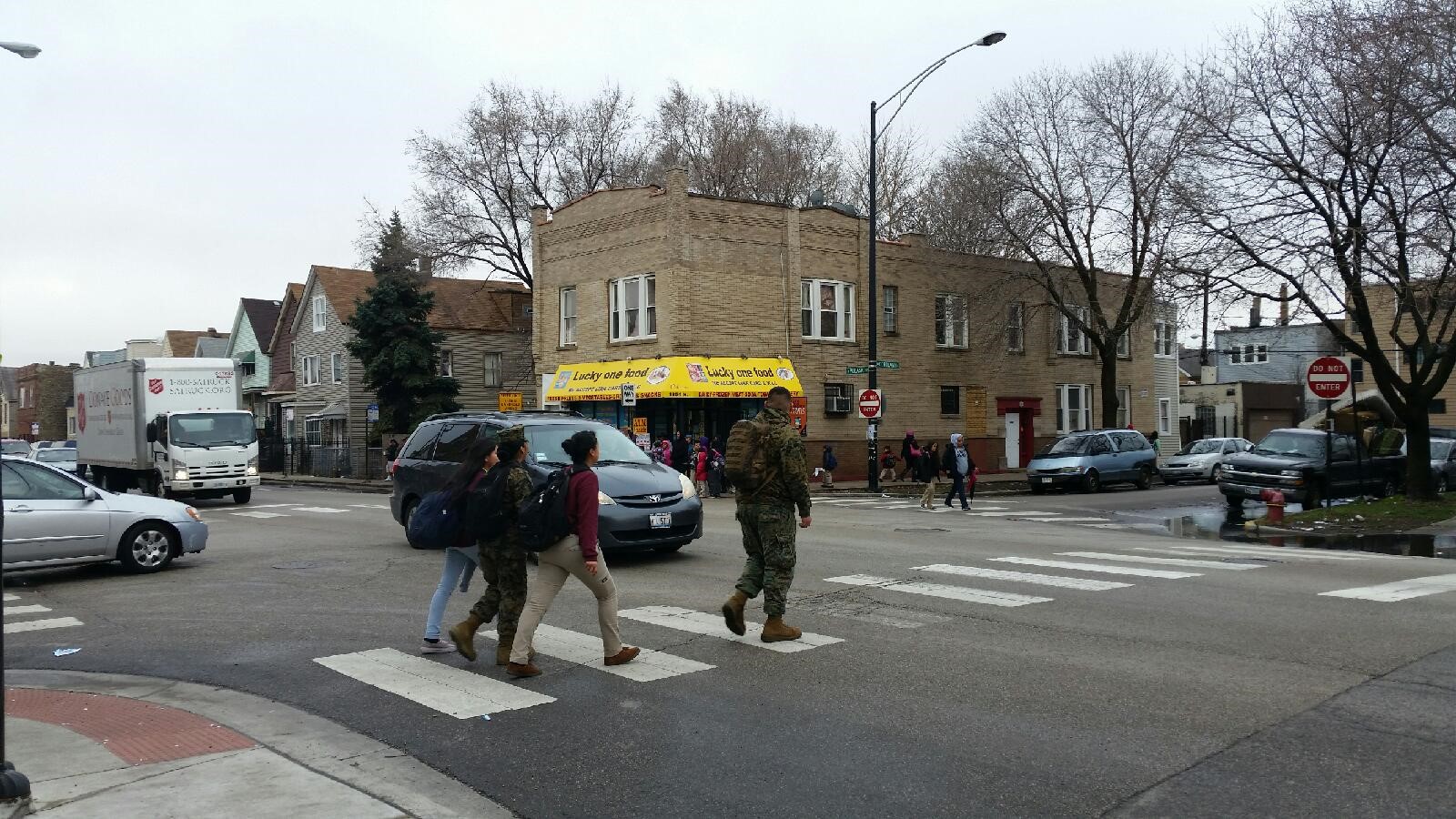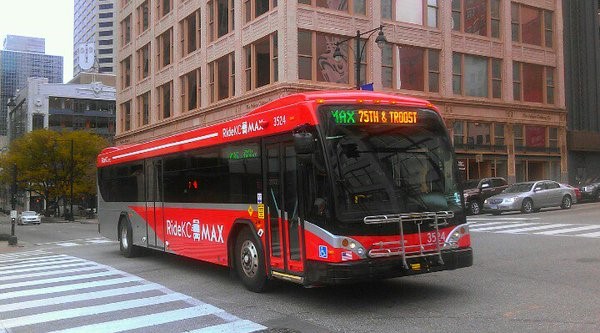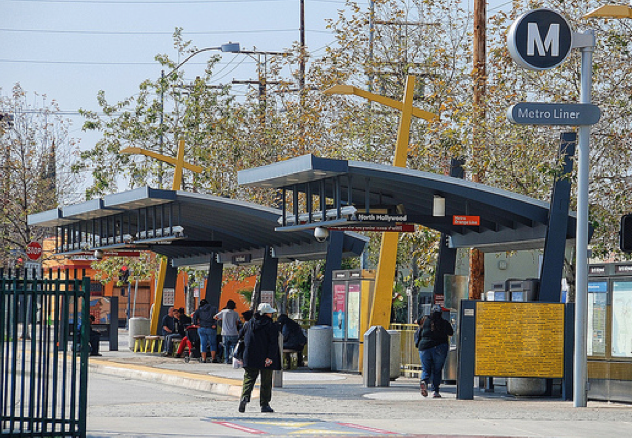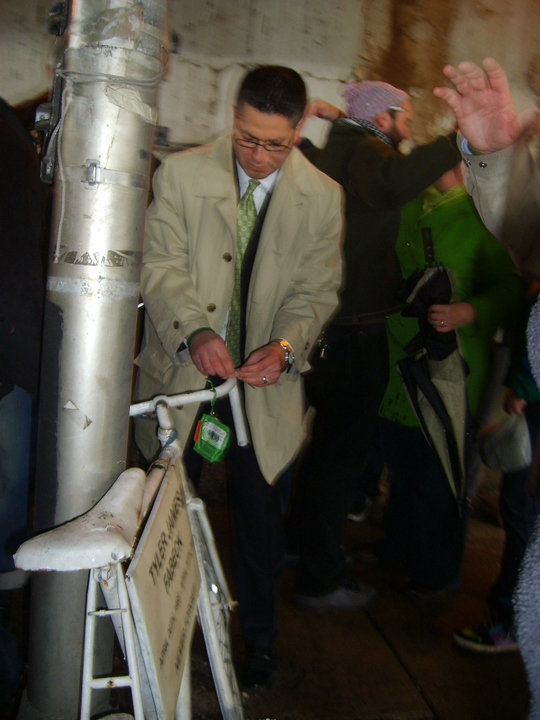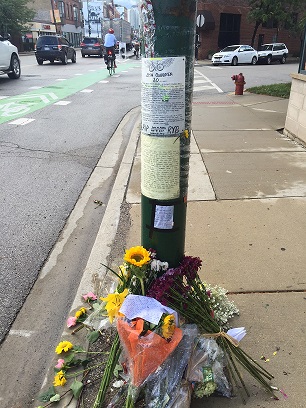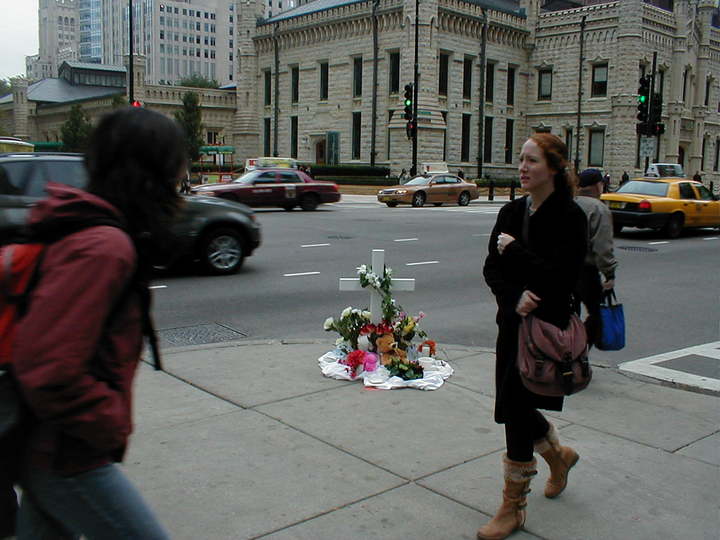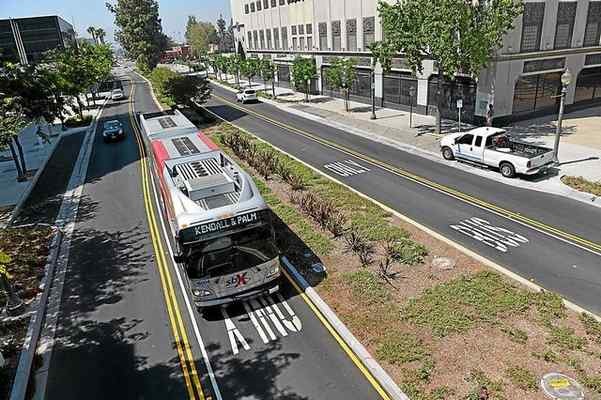
Diverse crowds flock to San Bernardino’s BRT line
More cities across the United States are using bus rapid transit to help solve some of the challenges of conventional bus service.Bus rapid transit, or BRT, is an innovative approach that combines off-board payment, dedicated bus lanes, signal clearance priority and improvements to station infrastructure to make riding the bus a more fast, comfortable and reliable option. In Chicago, despite record-setting levels of public transit ridership, use of the city’s bus system continues to decline. Improving bus service along high-use bus corridors would help reverse the trend and give Chicagoans more choices as they decide how to get around. Many cities are already seeing the benefits of high-quality BRT systems. San Bernardino launched their sbX BRT line in 2014 along...

